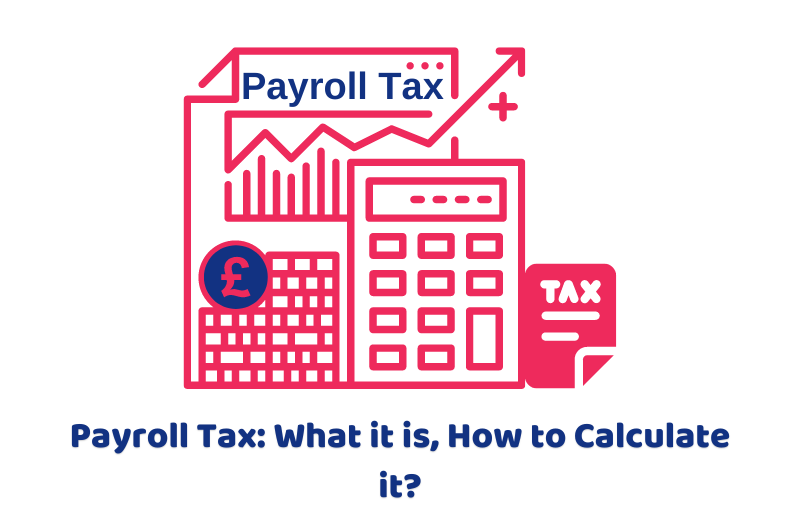Payroll refers to a kind of compensation that is done for the employees due to their services paid to the company for a set period of time. The department of human resources in a company tends to handle this normally. Sometimes the accounting department also has an involvement in this. However, in the case, of small businesses, this is usually handled by the owner of the business. There can possibly be an associate who can do this job as well. Sometimes a payroll also refers to the kind of list of the company employees and what is the amount of money that is being spent in the form of wages to pay them for their services.
Moreover, the businesses see payroll as one of the major expenses which happen to be deductible as well. This explains that such expenses are always deducted from the gross pay. This will result in lowering the taxable income of a business. The amount of payroll and the relevant details can also change from one period to another. This is because of sick pay and other such deductions. However, before we get along with the discussion further, we will gather information about what is the basics of payroll, how to calculate payroll and a step-by-step guide to doing it.
AccountingFirms can assist you in managing your reclaiming VAT on EU purchases and avail maximum tax relief possible.
What is Payroll
In simple words, we can say that payroll refers to a kind of process that is used to pay the employees that a company has hired to get the services. This includes a track of the bank account of the employee, direct deposit, the vision of the payments, calculation of the employee’s salary, and working hours. There are some accounting requirements as well to do the processing of the payroll. This will help to cater to the requirements of vacation pay, sick leaves, the pay of overtime, and bonuses.
How to Calculate Payroll Tax
A determination of the gross pay is always involved in the process of payroll calculations. This also involved the deductions that are subtracted from the net amount. This is known to be a very imperative step and procedure for any kind of business. A great focus is often required in the calculations to avoid any kind of mistakes that can cause serious damage in the future. The taxes that go to the government and the calculation of the net amount just be error-free to avoid the troubles. There are certain steps to follow for the calculation of payroll that is listed and explained below.
1- Send a Notification to the Employee
Once the time for business close comes, you must notify your employees to complete the timesheets. This is usually done on the last day when the payroll period is ending.
2- Receive Timesheets from the Employees
You should be able to gather the timesheets from the employees. This information must be required online to keep a track of it in an easy and accessible way.
3- Review the Timesheets and Approve
You should ensure that all the timesheets are completed. So this makes the part of recovering the timesheets more important. These sheets are then sent to the relevant supervisor or professional to get approval further. This should be approved before the last day of the payroll. It usually happened to be expensive in the process.
4- Count the Working Hours
Sometimes when the information on working hours is gathered manually, this needs to be recorded as well. Enter if you have done that manually before. Otherwise, the details are already part of the system record.
5- Mention the Changes in Wage
You are required to enter all the authorised changes as part of the payroll. This would also include alterations in the wage rate. Other withholdings and deductions will be considered as well. You need to ensure that all the details are entered correctly.
6- Make the Calculation of Gross Pay
You will have to multiply the rate of wages by working hours to get the figure of the gross pay.
7- Make the Calculation of the Net Pay
You will then have to deduct the pay deductions and authorised withholdings from the amount of gross pay. This will give you the amount of net pay.
8- Give Paychecks to the Employees
This will finally bring you to the steps of checking the payment amount and giving the pay cheques to the employees. You must have a person who is authorised to sign the cheques of the employees.
9- Review
You must be able to review the final details before you finally hand over the wages to your employees.
10- Distribute the Salary
Now, all you have to do is to give the amount of salary to your employees on payday.
The Bottom Line
Now that we have gathered a fair amount of information about payroll tax calculation, we can bring the discussion towards wrapping up. There must be a great follow-up and focus while you are going through the process of calculation as an expert because any kind of mistake can bring trouble for the future of business. This is because of the fact that there is involvement of the government in the submission of taxes and then the wages of the employees also are dependent on this procedure. This usually leaves no room for mistakes and errors in the figures and explanations that are a part of the payroll in the future.
We are committed to delivering exceptional accounting services to our valuable clients in the UK to ensure they get the most professional solution to queries about payroll tax calculation in the UK.
Disclaimer: All the information provided in this article on payroll tax calculation in the UK, including all the texts and graphics, is general in nature. It does not intend to disregard any of the professional advice.

